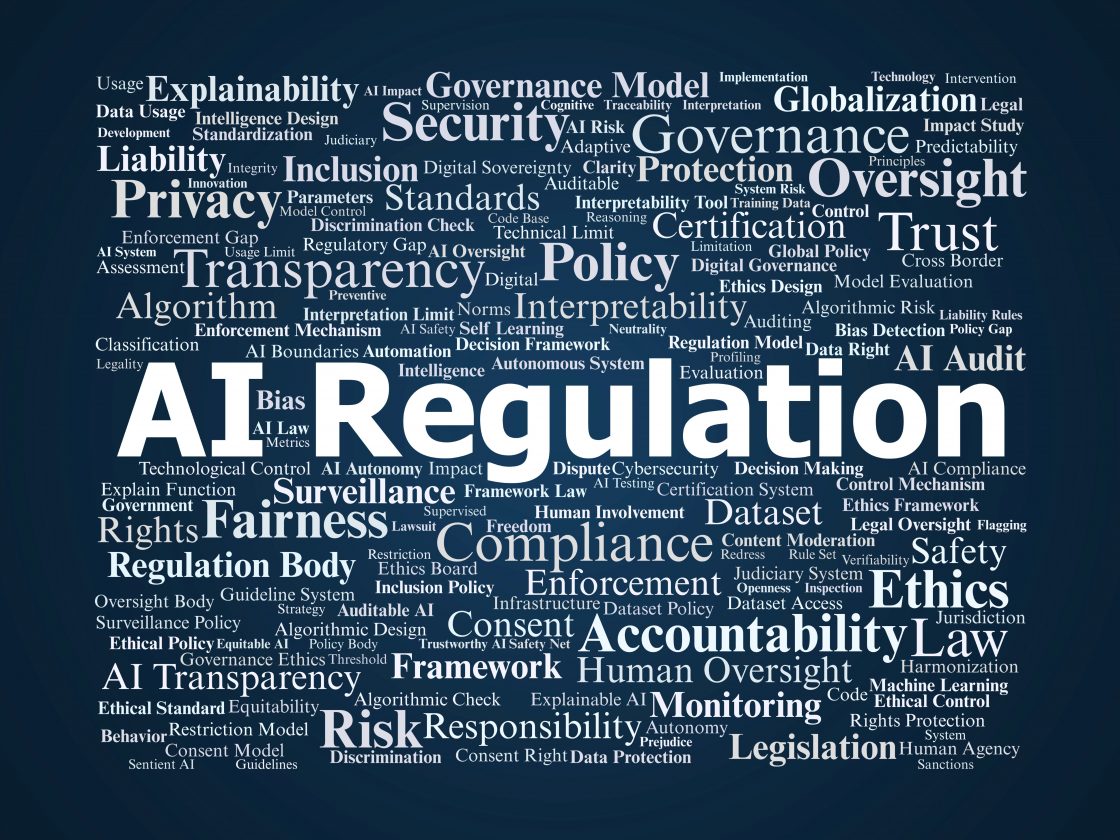California's AI Transparency Law 'Best We Could Hope For' in Current Climate
California Governor Gavin Newsom’s signing of SB 53 into law represents a significant but imperfect step toward AI industry transparency, according to Hamid Ekbia, director of the Autonomous Systems Policy Institute at Syracuse University and founding director of the Academic Alliance for AI Policy.
- “Given the current anti-regulatory climate, this law is perhaps the best that we could hope for, although in a different world — where there would have been a stronger desire for harnessing big corporations — one could expect more aggressive measures.”
Key strengths and weaknesses of the new law
Prof. Ekbia says the legislation’s strength lies in requiring companies to share their safety protocols (in redacted form) and report critical safety incidents. However, its weakness lies in its lack of accountability.
- “Instead of holding companies liable for flaws and failures, it puts the burden on individual whistleblowers and their acts of conscience.”
On the ‘patchwork’ concern
Some companies have expressed concern about a potential patchwork of state AI regulations. Prof. Ekbia says this is a distraction.
- “In an ideal world, the federal government should lead the way in regulating transformative technologies such as AI. In the absence of that, state legislation is our next best option. The concern voiced by major venture capital companies about states is, therefore, nothing but a distraction and an effort to suppress any legislative initiative.”
What’s next
Prof. Ekbia predicts other states may follow California’s lead, though likely in more targeted ways rather than comprehensive legislation.
- “We are likely to see more action in specific areas such as the risks of AI companions and therapists for children and teenagers.”




